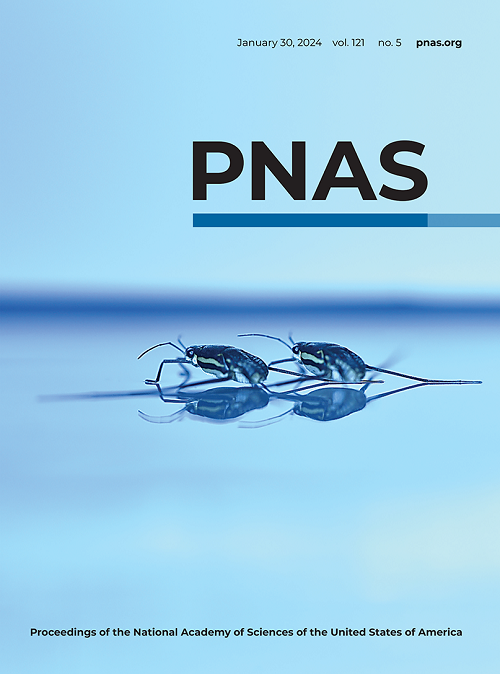Actuating superparamagnetic nanoparticle monolayers
IF 9.4
1区 综合性期刊
Q1 MULTIDISCIPLINARY SCIENCES
Proceedings of the National Academy of Sciences of the United States of America
Pub Date : 2025-03-26
DOI:10.1073/pnas.2424073122
引用次数: 0
Abstract
Magnetically responsive, mechanically flexible microstructures are desirable for applications ranging from smart sensors to remote-controlled actuation for surgery or robotics. Embedding magnetic nanoparticles into a thin matrix of elastic material enables high flexibility while exploiting the magnetic response of the individual particles. However, in the ultrathin limit of such nanocomposite materials, the particles become too small to sustain a permanent dipole moment. This implies that now large magnetic field gradients are required for actuation, which are difficult to achieve with externally applied fields. Here, we demonstrate through experiment and simulation that monolayer sheets of close-packed paramagnetic nanoparticles in a uniform applied field can generate large local field gradients through particle interactions. As a result, a strong collective magnetization is obtained that leads to large deflections of freestanding sheets already in moderate applied fields. Exploiting the vector nature of the applied field, we furthermore find that it is possible to induce more complex curvature and twist the sheets. Finally, we show that paramagnetic nanoparticle monolayers applied as coatings can generate sufficient force to deflect strips of nonmagnetic material that is several orders of magnitude thicker.求助全文
约1分钟内获得全文
求助全文
来源期刊
CiteScore
19.00
自引率
0.90%
发文量
3575
审稿时长
2.5 months
期刊介绍:
The Proceedings of the National Academy of Sciences (PNAS), a peer-reviewed journal of the National Academy of Sciences (NAS), serves as an authoritative source for high-impact, original research across the biological, physical, and social sciences. With a global scope, the journal welcomes submissions from researchers worldwide, making it an inclusive platform for advancing scientific knowledge.

 求助内容:
求助内容: 应助结果提醒方式:
应助结果提醒方式:


